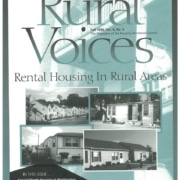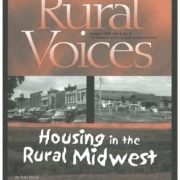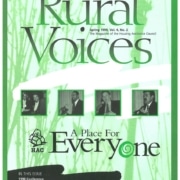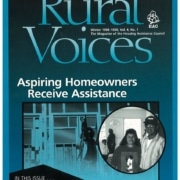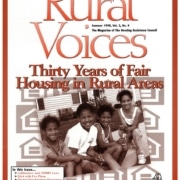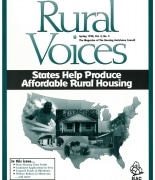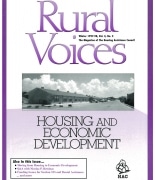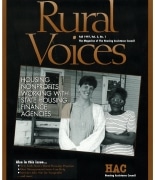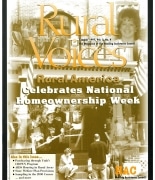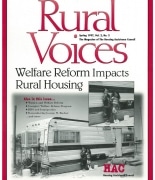Rural Voices: Rental Housing in Rural Areas
The Fall 1999 issue of Rural Voices is dedicated to the importance of rental housing.
Homeownership generates excitement among policymakers and funders- and, indeed, it is important that we strive to increase homeownership. Yet not everyone can or wants to own their home, and renters should also have decent, affordable homes.
Unfortunately, decent, affordable housing is not always an option for rural renters. This magazine includes data showing that millions of rural renters pay too much and/or live in substandard or overcrowded homes. The articles in this issue, like the photos on the cover, illustrate some of the many aspects of rental housing in rural areas. Two of the articles present rental housing success stories. A third article describes actions that may be taken to address problems arising from prepayments of HUD-funded rental properties, and the View From Washington department explains why a new rural rental housing program should be proposed.
This Rural Voices issue does not cover prepayment and preservation of Section 515 units. Preservation is an important subject and, as noted in the summer issue of the magazine, HAC has joined a wide variety of organizations in a working group on this topic. The working group is still collecting background information and formulating its recommendations; its report will be covered in a later issue of Rural Voices when appropriate.

